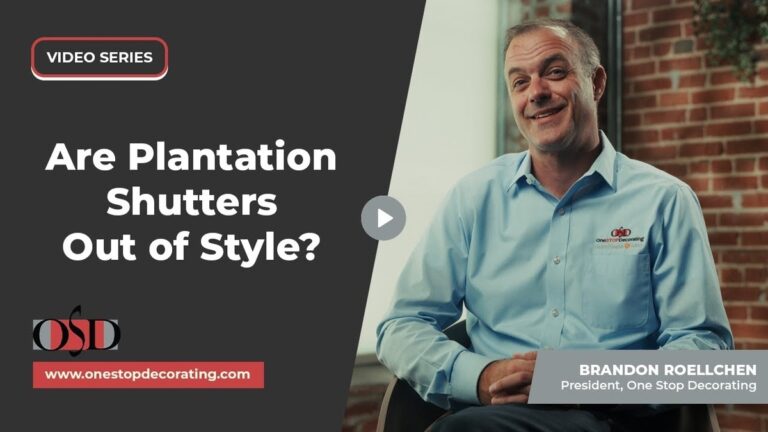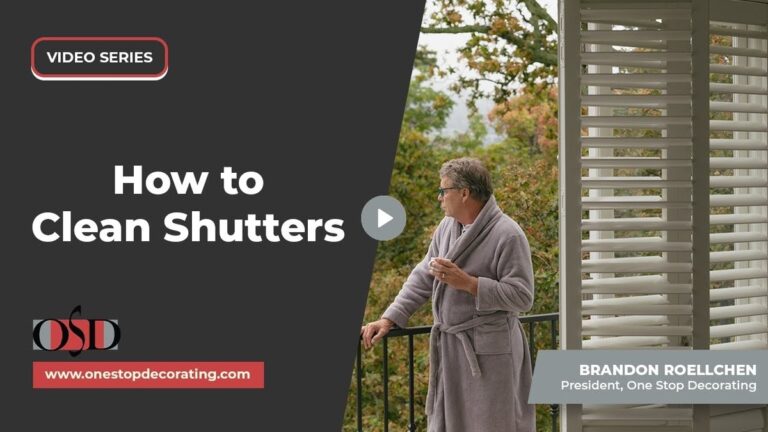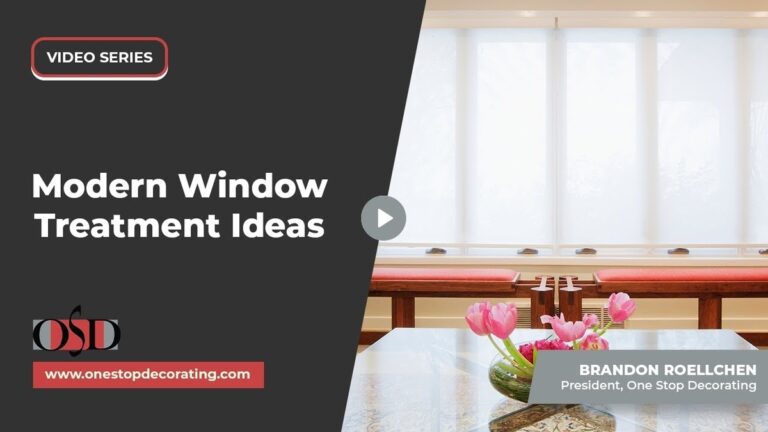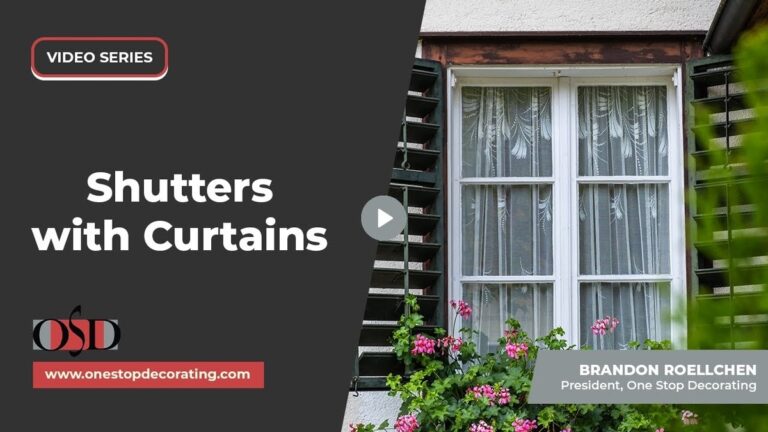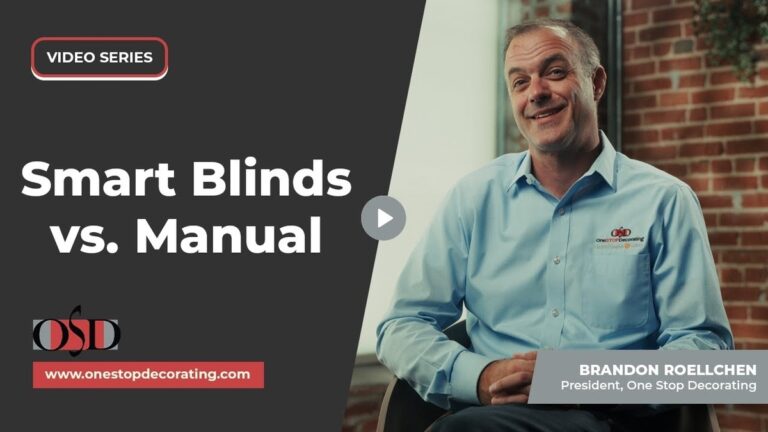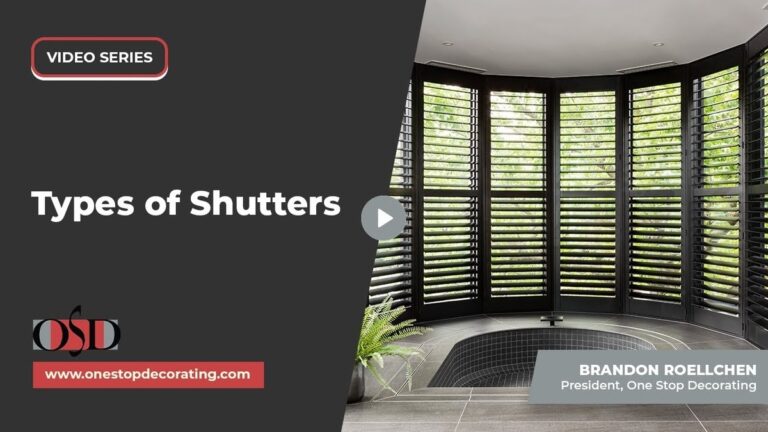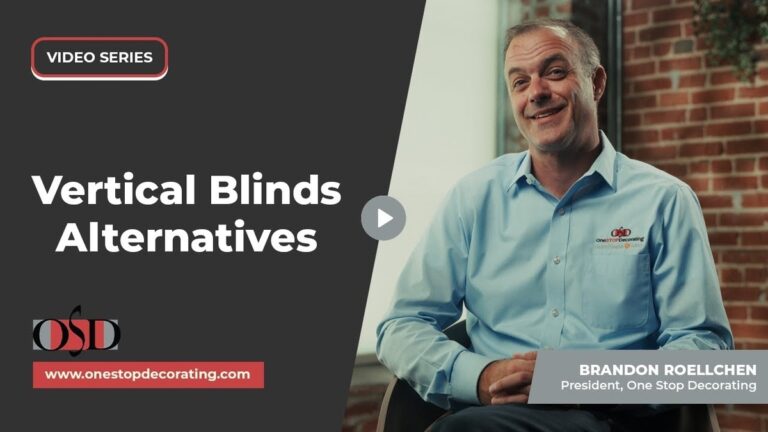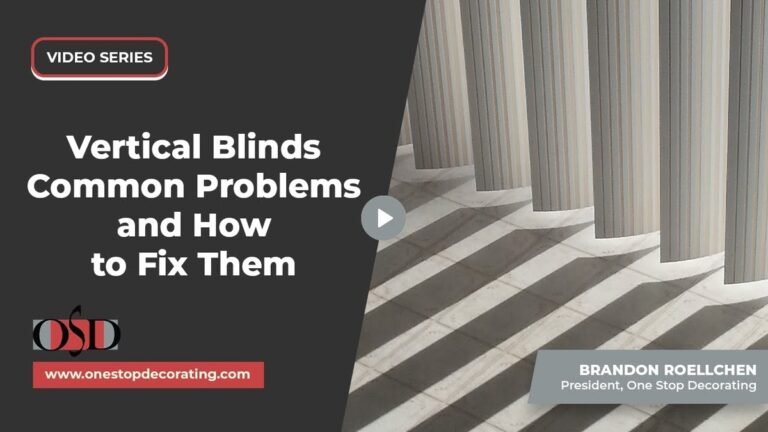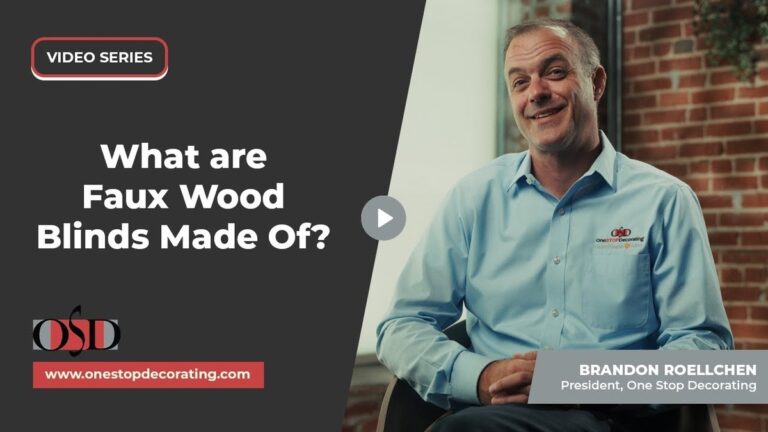Questions about what designs are viewed as current or out of style often include plantation shutters because they act as fixed elements that shape light, privacy, and overall room balance.
This overview sets a clear foundation to compare where shutters still fit well and where lighter, more flexible treatments align better with modern design goals.
What Are Plantation Shutters?
Plantation shutters are made of panels with tilting louvers. They mount inside the frame and give the window a structured look.
Features of plantation shutters:
- Louvers tilt for light or privacy
- Custom fit to each window
- Solid and long-lasting
- Stay in place like a permanent fixture
Pro Tip: If you want a treatment that feels built-in, shutters are one of the best picks.
Are Plantation Shutters Out of Style Going into 2026?
They’re not gone, but we’ve seen less demand in the last couple of years. More homeowners are asking for lighter treatments that let the sun through.
Here’s why interest has shifted:
- Light control is limited: Louvers are open or closed with little in between.
- Large windows look broken up: Shutters can cut into that open feel.
- New homes need light: Open floor plans and tall windows often work better with shades.
Key Takeaway: Plantation shutters are classic, but they don’t always fit with modern, wide-open window layouts.
What Are the Alternatives to Plantation Shutters?
There are plenty of styles that let light in but still give privacy.
Roller and Screen Shades
- Simple, clean style
- Block UV rays
- Roll up when you want a full view
Sheer Shades
- Soft fabric vanes that tilt
- Keep the view while adding privacy
- More flexible than shutters
Motorized Treatments
- Work by remote or phone
- Great for tall or hard-to-reach windows
- Add comfort and ease every day
Need expert help with plantation shutters or shade options? Contact One Stop Decorating for a free consultation.
Do Plantation Shutters Still Work in Some Homes?
Yes, they do. They look right in certain styles, especially homes with a classic or formal touch. Here are the best rooms for shutters:
- Formal dining rooms
- Smaller windows that don’t need wide views
- Homes that want more insulation and privacy
Pro Tip: If you like shutters, use them where they shine. Pair them with softer shades in other rooms for balance.
In Summary
So, are plantation shutters out of style? They’re less common than before, but they still work in the right setting. Newer shades give more light and keep that open feel many families want.
Shutters remain a solid option for those who prefer a timeless, built-in look. On the other hand, shades and motorized options may better suit open layouts and busy lifestyles.
We can help you figure out if shutters fit your home or if a lighter option makes more sense.
Contact One Stop Decorating today for a free consultation on plantation shutters and modern window treatments.

